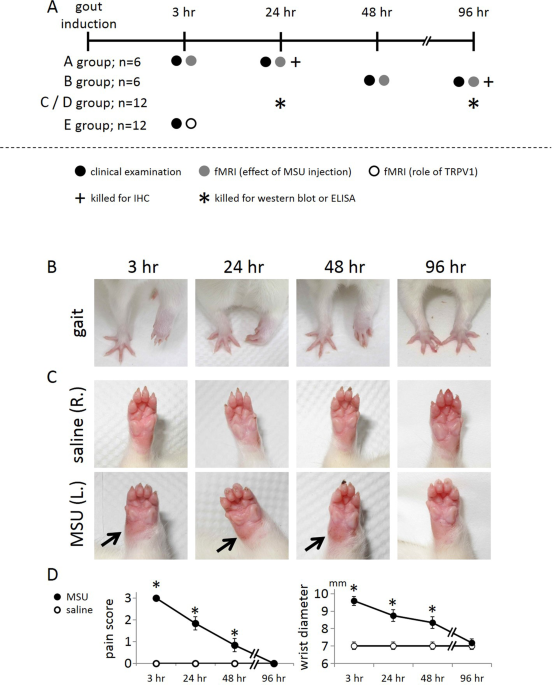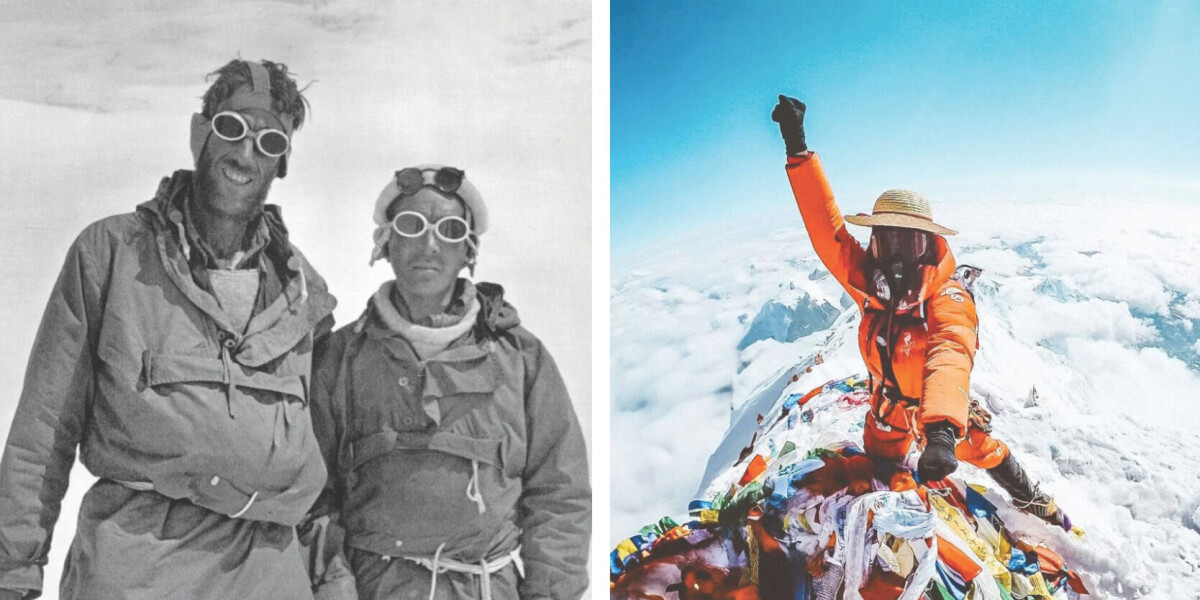- Select a language for the TTS:
- UK English Female
- UK English Male
- US English Female
- US English Male
- Australian Female
- Australian Male
- Language selected: (auto detect) - EN
Play all audios:
BELLYING UP TO NATURE’S BAR Innocent as he looks, the tiny Malaysian tree shrew could easily drink a lumberjack under the table, says _National Geographic News._ Researchers working in the
Malaysian rain forest noticed a strong smell of alcohol, and followed their noses to the flowers of the bertam palm. The nectar of the flower has an alcohol content of around 4 percent,
about the same as many beers. Every night, plenty of species show up to sip the nectar. But the pen-tailed tree shrew is the most determined drinker, chugging the potent nectar for two hours
a night and subsisting almost entirely on the calories and nutrition it contains. In one sitting, the shrew drinks an amount of alcohol comparable to nine beers for a human. The shrews do
not appear drunk after their nightly binges, indicating that they metabolize alcohol far more efficiently than humans do. Study author Frank Wiens believes that since shrews are evolutionary
ancestors to primates, further study of their drinking habits could provide insight into how humans discovered alcohol. “There [may be] some evolutionary background to human drinking that
goes much farther back than the invention of brewing,” he says. FLYING LIKE BUCK ROGERS SUBSCRIBE TO THE WEEK Escape your echo chamber. Get the facts behind the news, plus analysis from
multiple perspectives. SUBSCRIBE & SAVE SIGN UP FOR THE WEEK'S FREE NEWSLETTERS From our morning news briefing to a weekly Good News Newsletter, get the best of The Week delivered
directly to your inbox. From our morning news briefing to a weekly Good News Newsletter, get the best of The Week delivered directly to your inbox. Jet packs may soon be making the jump from
science fiction to reality, says the Associated Press. Inventor Glenn Martin last week unveiled a bulky prototype for a human flying machine that, in theory, could keep people aloft for a
half-hour. In the demonstration performed before thousands of people in Oshkosh, Wis., Martin’s human subject—his teenage son—revved the motors on the 250-pound machine and lifted about 3
feet off the ground for 45 seconds. “Wow, that went better than expected,” Martin said after the first flight. “People will look back on this as a moment in history.” Though early test
flights have been carefully conducted quite close to the ground, the gasoline-powered pack is built to carry a person at much higher altitudes, up to 30 miles in about 30 minutes. After
further testing and tinkering, Martin hopes to sell jets packs to wealthy adventurers for $100,000 apiece. Several other companies have developed rocket belts and jet packs powered by
hydrogen peroxide, but they all run out of fuel in seconds or a few minutes. None has been deemed safe enough to be sold as a consumer product. HOW TO SWEAT AWAY THE POUNDS If you want to
lose weight, says a new study, a brisk walk in the park won’t do the trick. University of Pittsburgh researchers who followed 200 overweight women over two years found that to produce
significant weight loss of 15 or more pounds, you not only have to cut back on your calories; you have to exercise hard for 55 minutes per day, five days a week. That’s _twice_ the amount of
exercise recommended for general fitness. Exercising that much requires a major commitment, researcher John Jakicic tells _Time,_ but at least dieters now know what’s necessary. “I think
the beauty of this study is that we now have a target,” he says. WATER FOUND ON MARS A free daily email with the biggest news stories of the day – and the best features from TheWeek.com It’s
official: NASA’s _Phoenix_ Mars Lander has detected water on Mars. The spacecraft’s arm dug several inches into the Martian soil, scooped up a white patch that appeared to be ice, and
heated it in the oven. It melted at 32 degrees Fahrenheit, and sensors then detected water vapor. “There were Champagne corks popping in the downlink room,” scientist William Boynton tells
_The Washington Post._ “We’ve now finally touched [water] and tasted it.” Planetary scientists have long suspected that Mars had a wet period billions of years ago, with gullies and
riverbeds indicating that water once flowed freely on the planet’s surface. They believe that some water remains beneath the planet’s surface. It’s also possible that some primitive forms of
life may exist there. NASA has now decided to extend the _Phoenix_ mission by a month beyond its planned 90 days, as it continues to look for organic compounds that might suggest the
presence of life. SELF-MEDICATING APES Wild orangutans have been spotted making and applying natural ointments to soothe pain, says _New_ _Scientist._ Orangutans, like humans, chimpanzees,
and gorillas, are great apes, considered among the smartest animals on Earth. Primatologist Helen Morrogh-Bernard was observing Indonesian orangutans when she caught one adult female
grinding a plant in her teeth and mixing it with saliva. She then applied the foamy salve to a part of her arm that looked to be in pain. “She was concentrating on her arm only and was
methodical in the way she was applying the soapy foam,” Morrogh-Bernard explains. “I knew this must be some form of self-medication.” When the scientist took a look at the plant the
orangutan had selected, she recognized it as a member of the _Commelina_ family, a group of plants that act as natural anti-inflammatories and are commonly used as medicine by indigenous
human populations. It’s possible, Morrogh-Bernard says, that humans learned to use the plant by copying their orangutan cousins.










